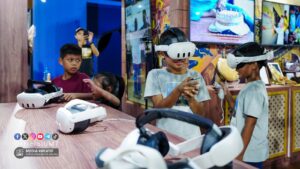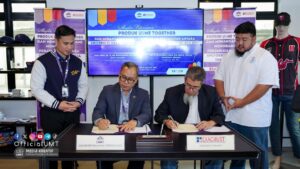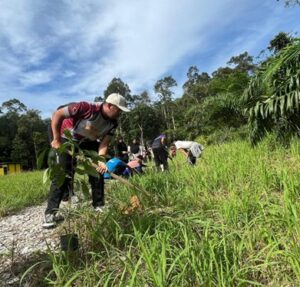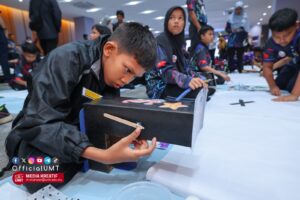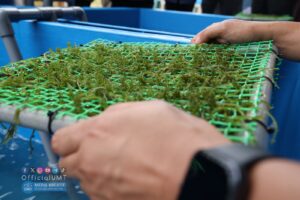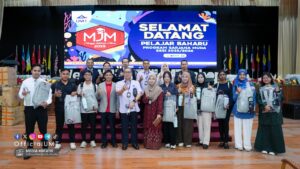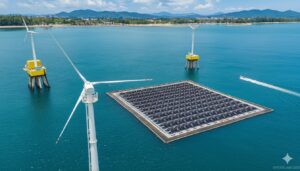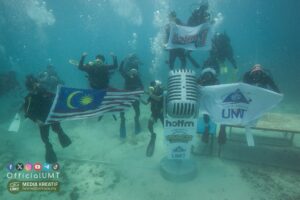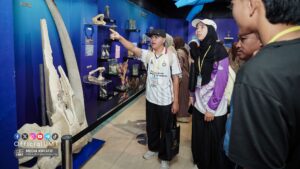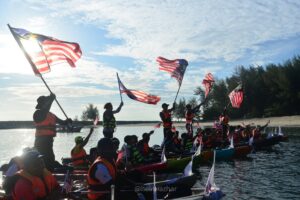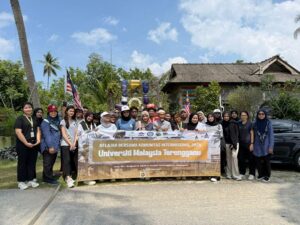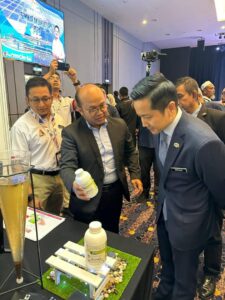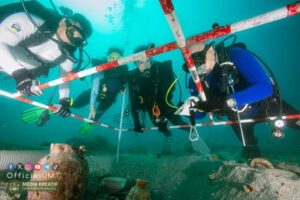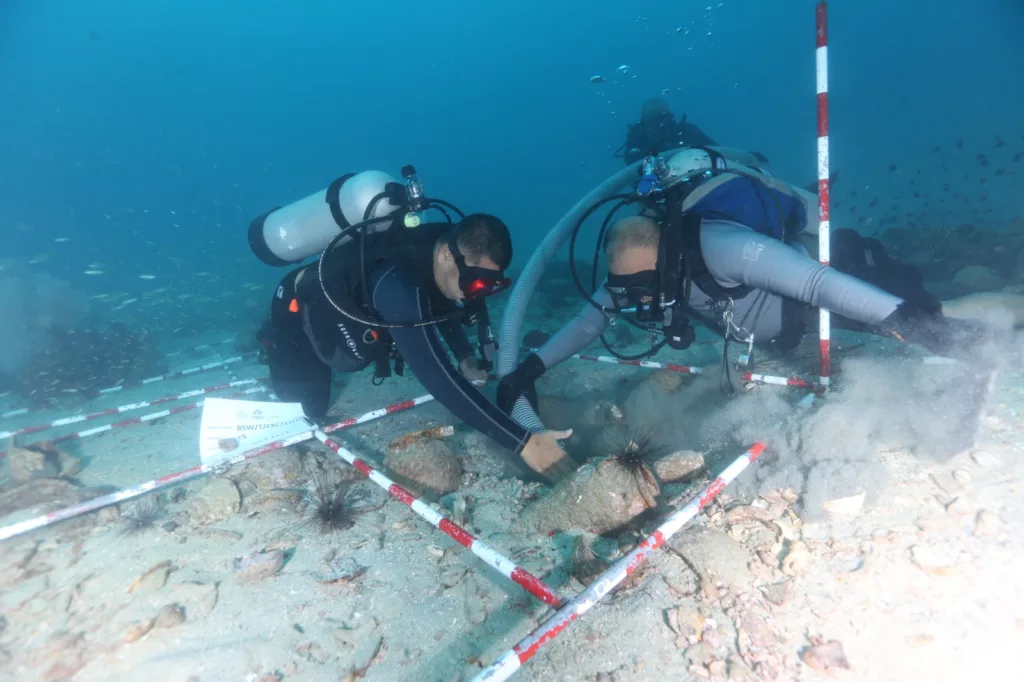
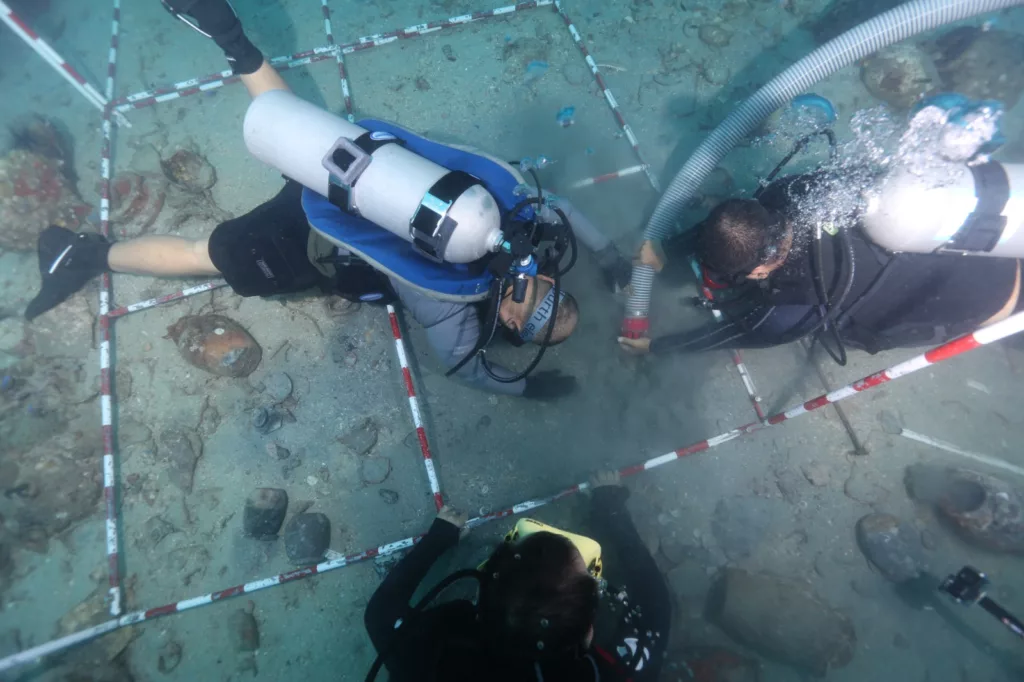
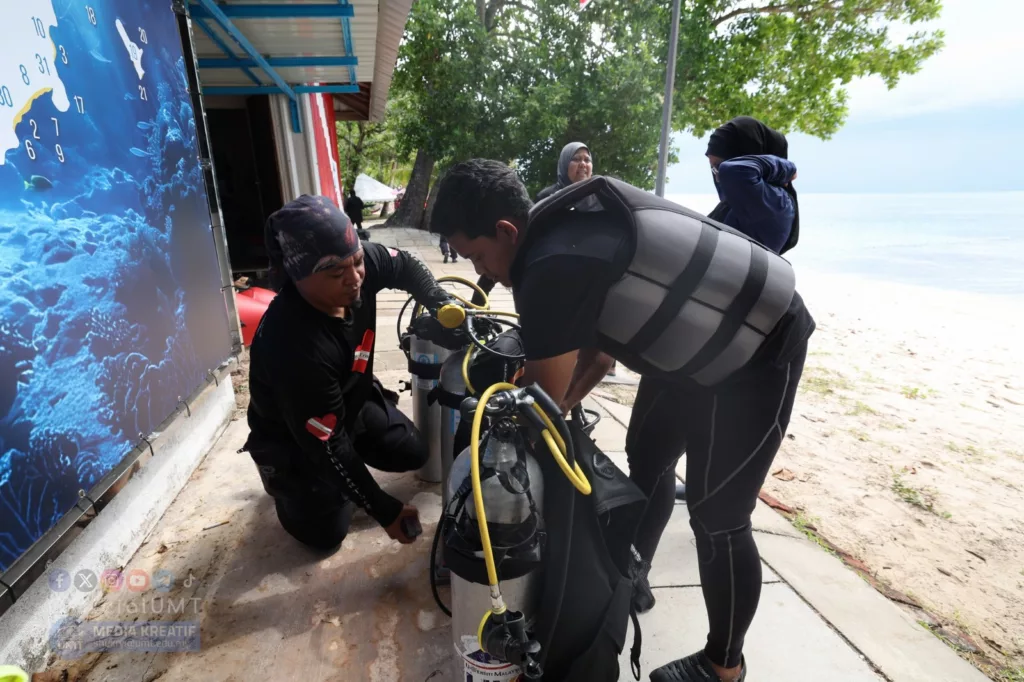
Bidong Island as marine artifact excavation training centre
Wednesday, 11/9/2024
Share This Article :
A team of scuba divers from Universiti Malaysia Terengganu (UMT) discovered a shipwreck site in Bidong Island waters, Terengganu, in 2012 after having been informed by fishermen. The “treasure” was believed to be filled with historical artifacts, such as pottery and trading goods, before it wrecked in the waters between 1510 – 1520. The discovery has not only started a new chapter in the country’s maritime history, but it has also provided a big impact towards the development of marine archaeology research in the country.
The shipwreck discovery has created opportunities for archaeologists to study the history of global trading and the relationship between the civilizations during those times. Goods found such as pottery, porcelain, and other artifacts showed that Malaysia had become one of the important stopovers along the international trade routes.
The discovery of the ship known as The Bidong Shipwreck has opened a new chapter in underwater artifact research as it has provided new information about the civilization and heritage of the Indo-Malaysian archipelago.
Director of UMT’s Centre for Research and Field Services Assoc. Prof. Dr. Hasrizal Shaari said almost 500 artifacts in pristine and damaged conditions have been brought to land to be studied.
“We have conducted three series of excavations involving The Bidong Shipwreck, which were in 2017, 2022, and 2023.
“The ship was found to have been constructed from Meranti Temak Nipis wood (Shorea roxburghii) that is only available in the Southeast Asia. Most likely the ship had a Malay or Nusantara heritage”.
He said the discovery has led to a new benchmark in underwater archaeology research.
“One of the biggest impacts of the discovery is that Bidong Island has been established as a training centre for marine artifact excavation.
“UMT has been playing an important role in advancing marine archaeology research through collaborations with various agencies, including the local authorities and international agencies.
He said the excavation activities require expertise in various disciplines such as archaeology, marine geology, and heritage and culture.
“During the process, researchers learn the techniques of excavating the artifacts without damaging the shipwreck’s structure or other historical artifacts.
With the discovery, he said, Bidong Island continues to become an important site in marine archaeology, not only in Malaysia but also at the international level.
The discovery of the shipwreck and the development of excavation activities have created a big opportunity for Malaysia to enhance its standing in the field of marine archaeology. The event has made it possible for the country to utilize local and international expertise to train the next generation of researchers in the fields of maritime and archaeology.
Original version in Malay by:
Amirul Salam Hasan
Corporate Communications Office
Universiti Malaysia Terengganu
English translation by:
Corporate Communications Office
Universiti Malaysia Terengganu


